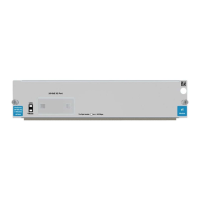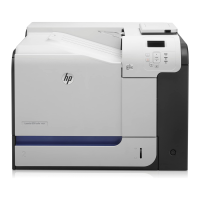Creating and Using DEFINEs
Guardian User’s Guide—425266-001
6-3
DEFINE Templates
Examples of DEFINE names are:
=CUSTOMER^RECORDS
=Accounts_File
=TEST_RESULTS_FOR_JANUARY
=TAPE-FILE
=disk_file_records
=Customer^Records
=Y
=N^^^---^^^
Uppercase and lowercase letters are equivalent. In the above examples,
=CUSTOMER^RECORDS is equivalent to =Customer^Records.
DEFINE Templates
Some DEFINE commands let you use a template in place of an actual DEFINE name.
DEFINE templates let you use certain characters to make a command or function
operate on a number of similarly named DEFINEs. Characters valid in DEFINE
templates are:
* Matches 0 or more characters at the same position (similar to a file-name
template)
? Matches one character in the same position (similar to a file-name template)
** or =* Matches all DEFINE names
For example, the DEFINE template =CUST* matches all DEFINE names that begin
with =CUST.
DEFINE Classes
The primary attribute of a DEFINE is the CLASS attribute, which identifies the
DEFINE subtype.
The CATALOG, DEFAULTS , MAP, SPOOL, and TAPE classes are described below.
The SEARCH class is described in the Guardian Programmer’s Guide and the
Guardian Procedure Calls Reference Manual; SORT and SUBSORT classes are
described in the TACL Reference Manual and the FastSort Manual.
Class Specifies
CATALOG SQL catalog name that substitutes for the DEFINE name in a program
DEFAULTS Process defaults, such as the default volume and subvolume
MAP A file name that subsitutes for the DEFINE name in a program
SEARCH Information to be used for resolving file names with a search list
SORT, SUBSORT Parameters for the FASTSORT program
SPOOL Attributes of a spooler job, such as location and number of copies
TAPE Attributes of a file on a labeled tape, such as block size and density

